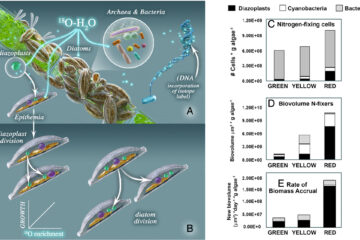Switchgrass Response to Cutting Frequency and Biosolids Amendment: Biomass Yield, Feedstock Quality, and Theoretical Ethanol Yield
Biofuel crops have relatively low economic value, and potential to grow them with low-cost inputs is essential for economic viability. Use of biosolids as a fertility source has not been explored at the field scale for switchgrass (Panicum virgatum L.), a potential bioenergy crop. This study tested harvest management and biosolids rate effects on switchgrass production, quality, and theoretical ethanol yield in Virginia, USA. Switchgrass (cv. “Cave-in-Rock”) was annually cut once (winter) or twice (summer and winter) for 2 years. Biosolids were applied once at 0, 77, and 154 kg N ha−1 in May 2011; urea was applied once at 146 kg N ha−1 for comparison. Feedstock yield and quality parameters (neutral and acid detergent fibers, cellulose, hemicellulose, lignin, and ash) were measured and used to compute theoretical ethanol potential (TEP) and theoretical ethanol yield (TEY). Cutting twice per season produced greater biomass yields than cutting once (6.6 vs 5.4 Mg ha−1) in 2011 but not in 2012. Cutting once per season produced feedstock with greater TEP (513 vs 433 L Mg−1) and TEY (2,980 vs 2,680 L ha−1) in both years. Biosolids and urea increased biomass yields by 11 % (0.6 Mg ha−1) and TEY by 13 % (352 L Mg−1), but both decreased TEP by 1 % (7.1 L Mg−1 biomass). Cutting once per season is advantageous in producing more TEY given comparable biomass yield and superior feedstock quality. Biosolids were a suitable alternate N source and could boost biomass and biofuel production while reducing input costs in switchgrass-based bioenergy systems.


